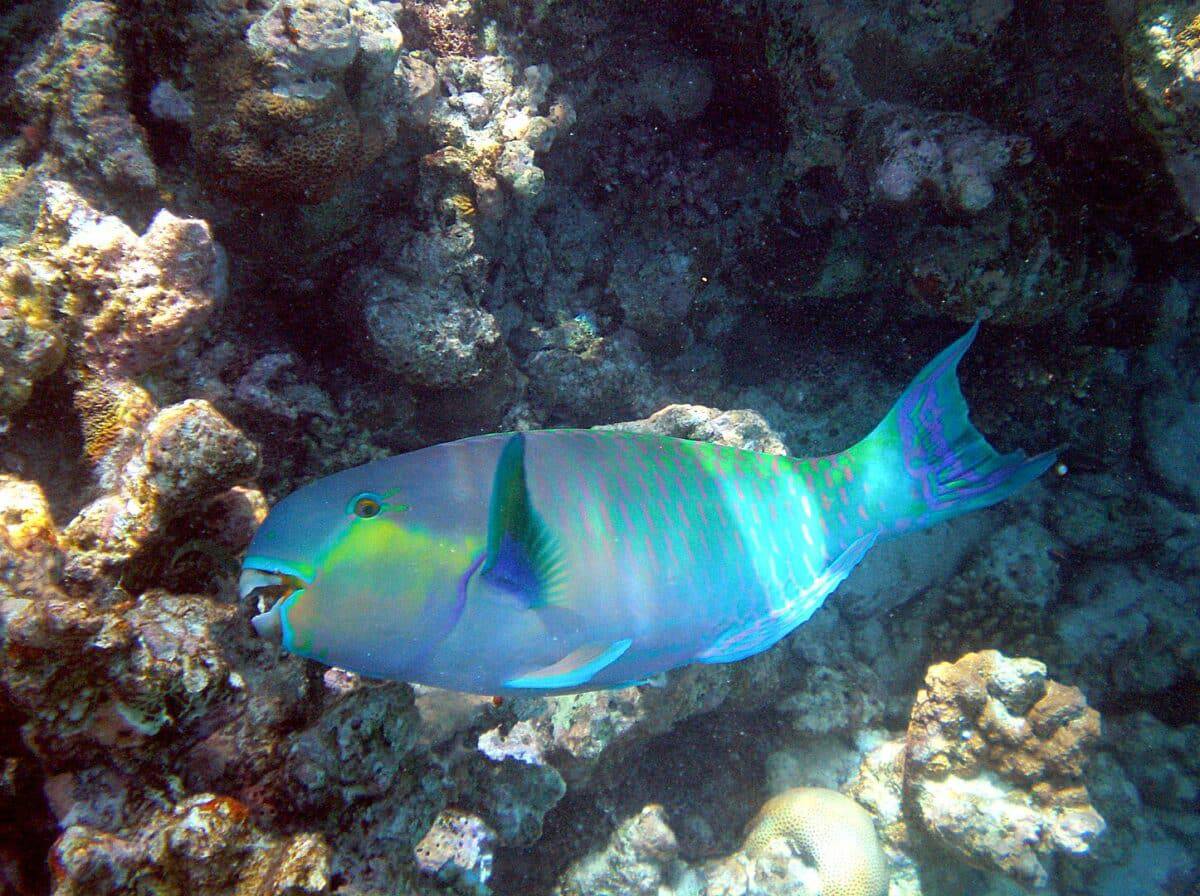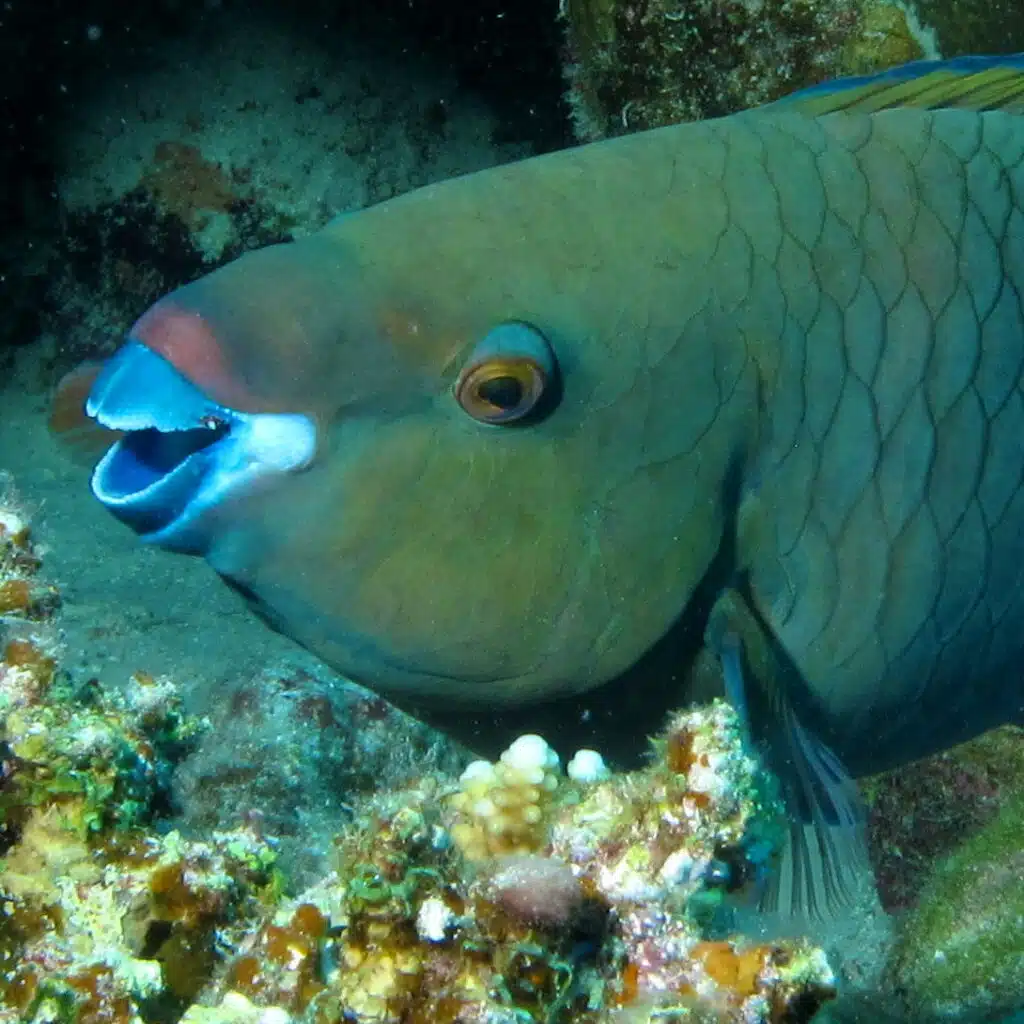Imagine lounging on a pristine white sandy beach, the sun warming your skin, and the gentle sound of waves lapping at the shore. Now, imagine that much of the sand beneath you is the result of a fascinating natural process involving a colorful, beak-mouthed fish known as the parrotfish. These vibrant creatures play a crucial role in the formation of some of the world’s most beautiful beaches, a fact that often goes unnoticed.

The Parrotfish’s Unique Diet and Sand Production
Parrotfish in tropical and subtropical oceans are named for their beak-like teeth. They feed primarily on algae, which they scrape off coral and rocks. In doing so, they also ingest chunks of coral, composed mainly of calcium carbonate. Inside their bodies, a specialized set of teeth in their throat, known as a pharyngeal mill, grinds the coral into fine sand, which is then excreted. This process contributes significantly to the formation of sandy beaches, particularly in regions like the Caribbean and Hawaii.
Fascinating Facts About Parrotfish and Sand Production
- A single parrotfish can produce up to 800 pounds of sand annually.
- In some areas, up to 70% of the beach sand originates from parrotfish excretion.
- Parrotfish teeth are made of fluorapatite, a material harder than many metals, enabling them to grind coral efficiently.
- The sand produced by parrotfish provides essential habitats for various marine organisms.
The Ecological Importance of Parrotfish
Beyond their role in sand production, parrotfish are vital to the health of coral reefs. By consuming algae, they prevent these plants from overgrowing and smothering corals. This grazing activity helps maintain the balance of the reef ecosystem, supporting biodiversity and promoting coral growth.
Conservation Concerns
Parrotfish populations face threats from overfishing and habitat destruction. Protecting these fish is crucial not only for the preservation of coral reefs but also for the continued existence of the beautiful sandy beaches they help create. Conservation efforts are needed to ensure the survival of parrotfish and the ecosystems they support.
Conclusion
The next time you find yourself enjoying the soft, white sands of a tropical beach, take a moment to appreciate the parrotfish. These remarkable creatures are not only a vital part of the marine ecosystem but also unwitting architects of some of the world’s most stunning coastal landscapes.
You might also enjoy:
A Rare White Penguin Spotted – A Case of Leucism in Antarctica
Penguins from Big to Small: An Easy Guide
The Delicate Balance of Coral Reef Ecosystems and the Role of Titan Triggerfish
Join our Forum for free today!

- The Bond Between a Wild Baby Bison and Her Rescuer - July 20, 2024
- An Excited Husky’s First Ever Time in Snow - July 20, 2024
- Top 20 Colorful Species To Brighten Your Day - July 14, 2024



WonderFix
Tuesday 23rd of January 2024
I truly appreciate your technique of writing a blog. I added it to my bookmark site list and will